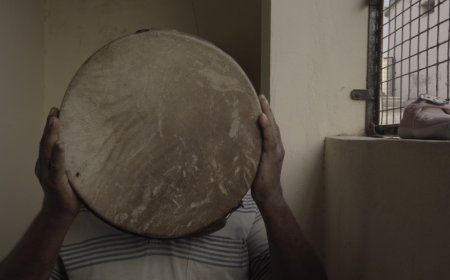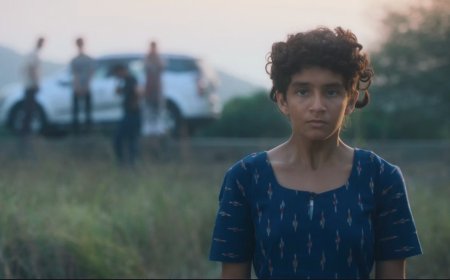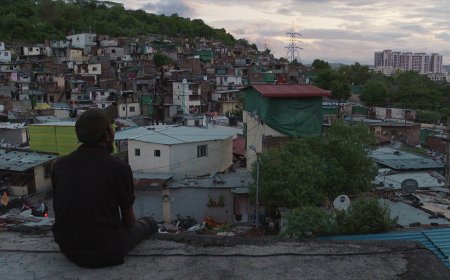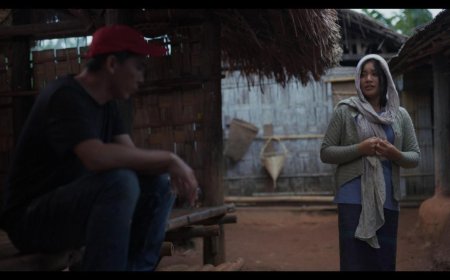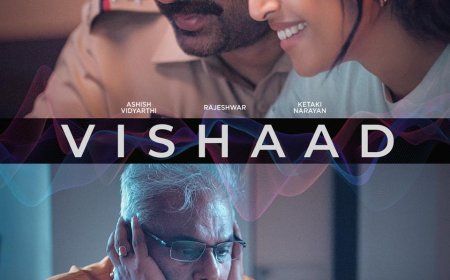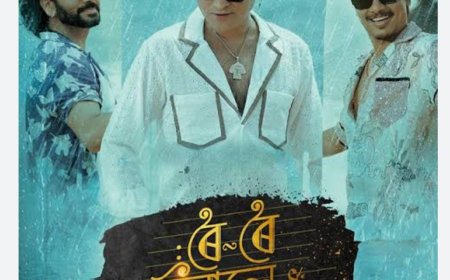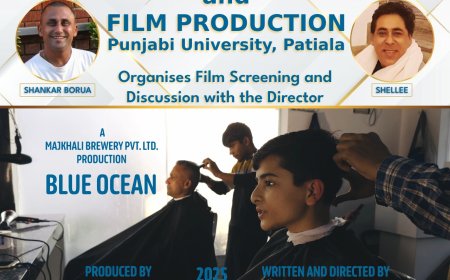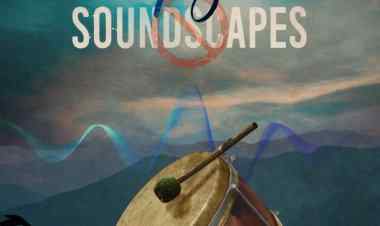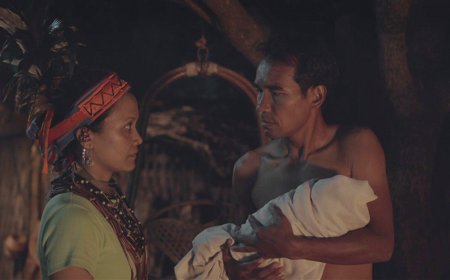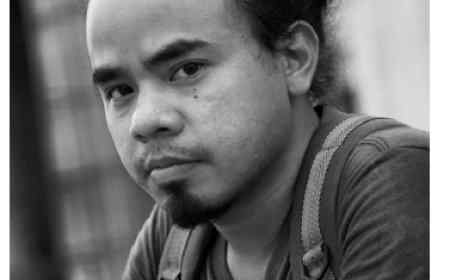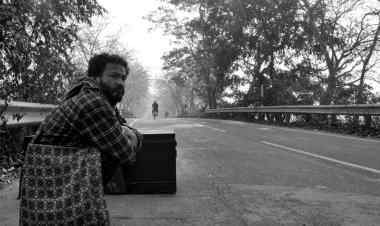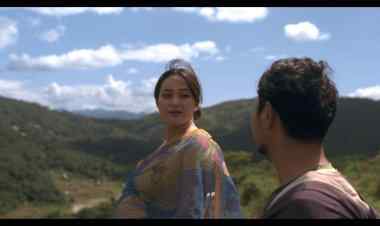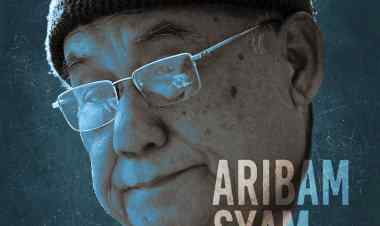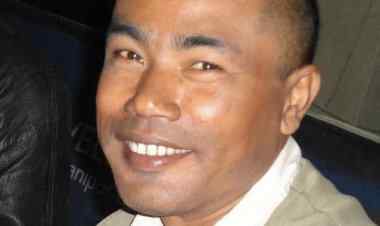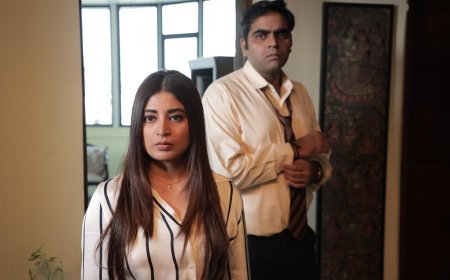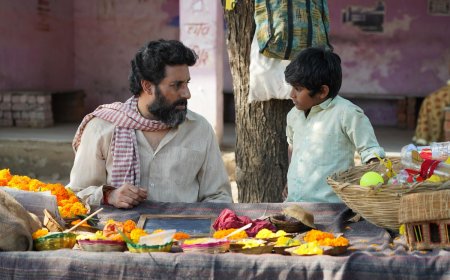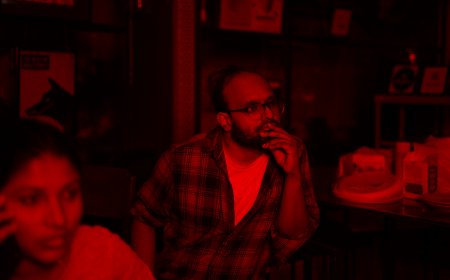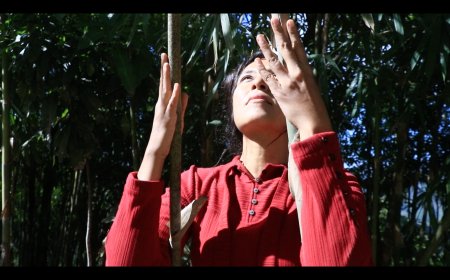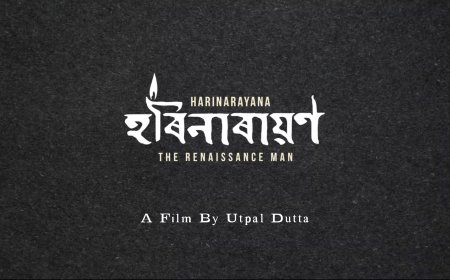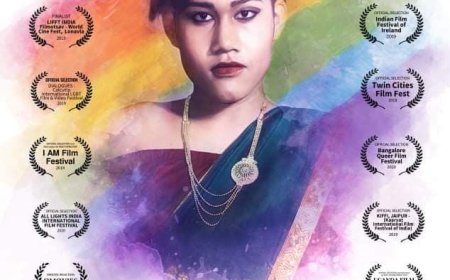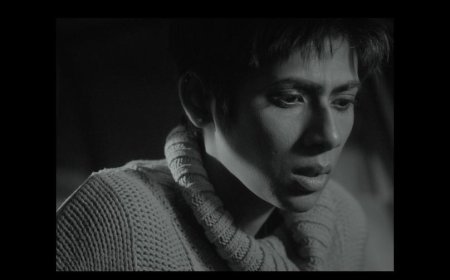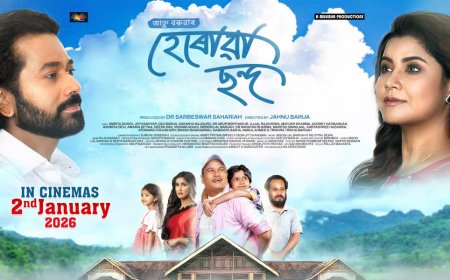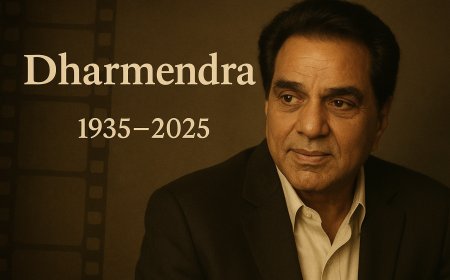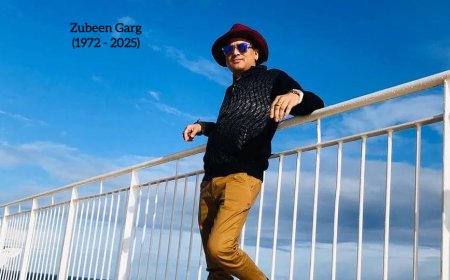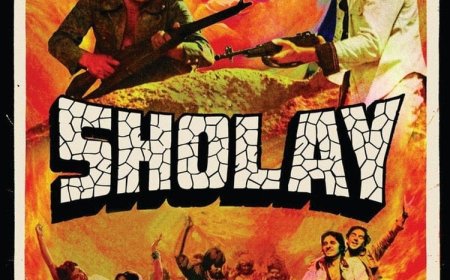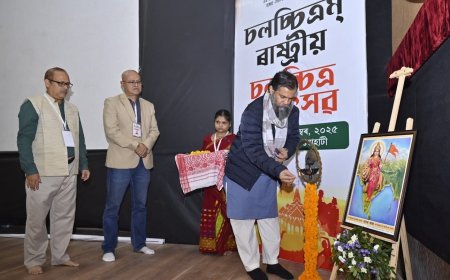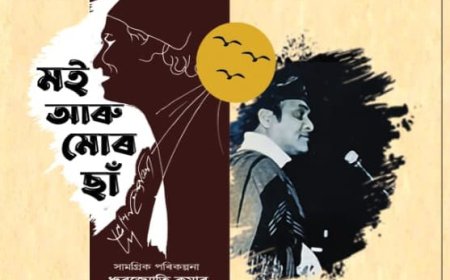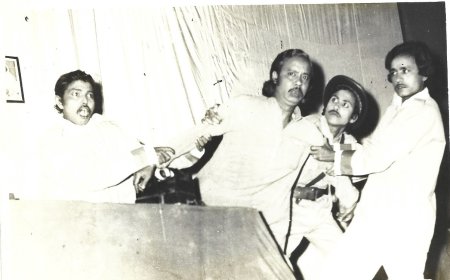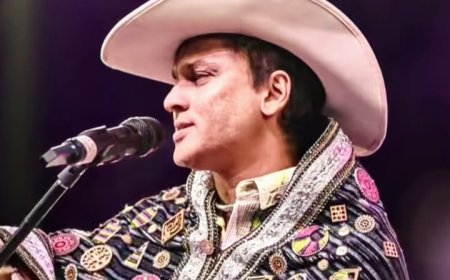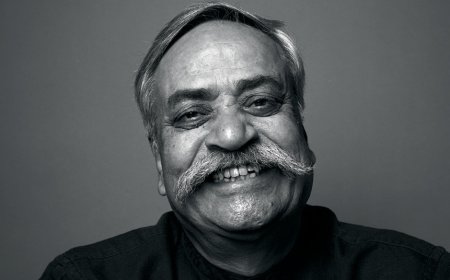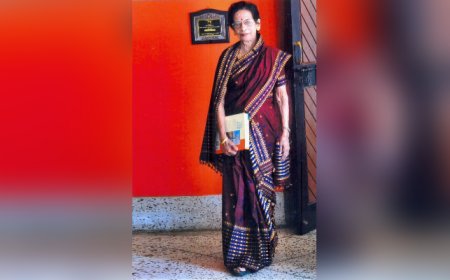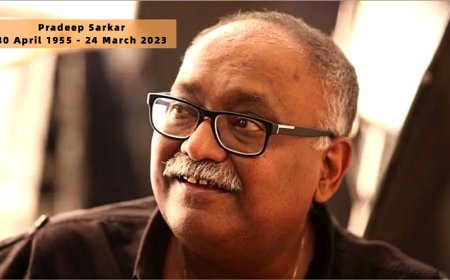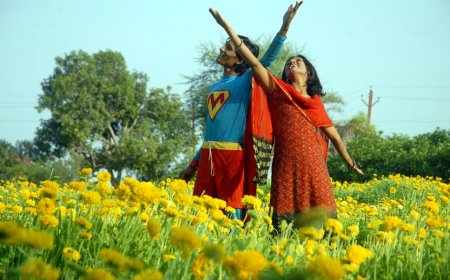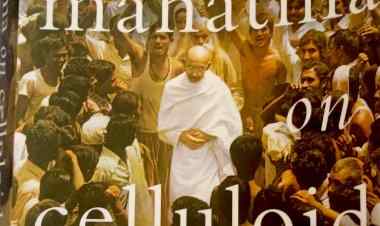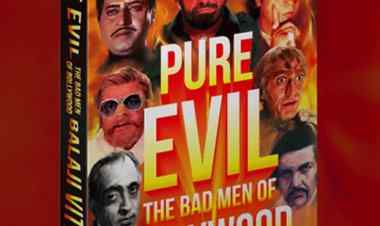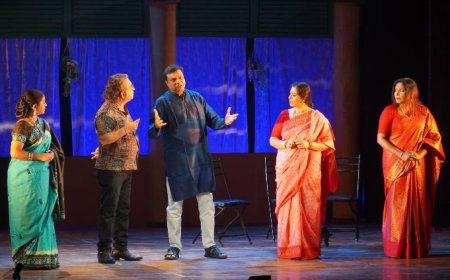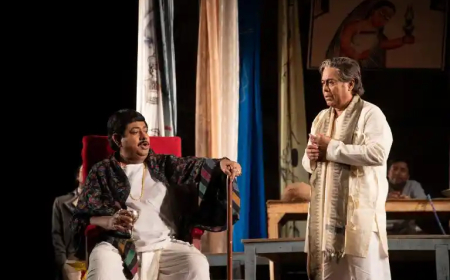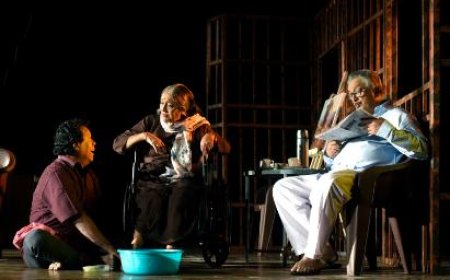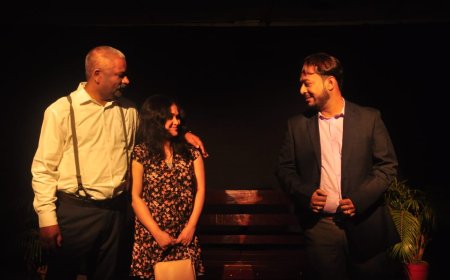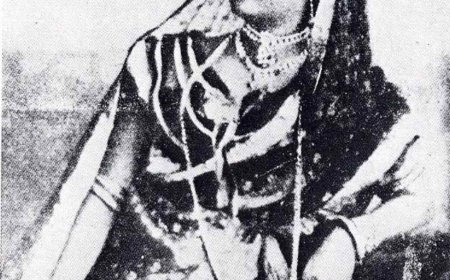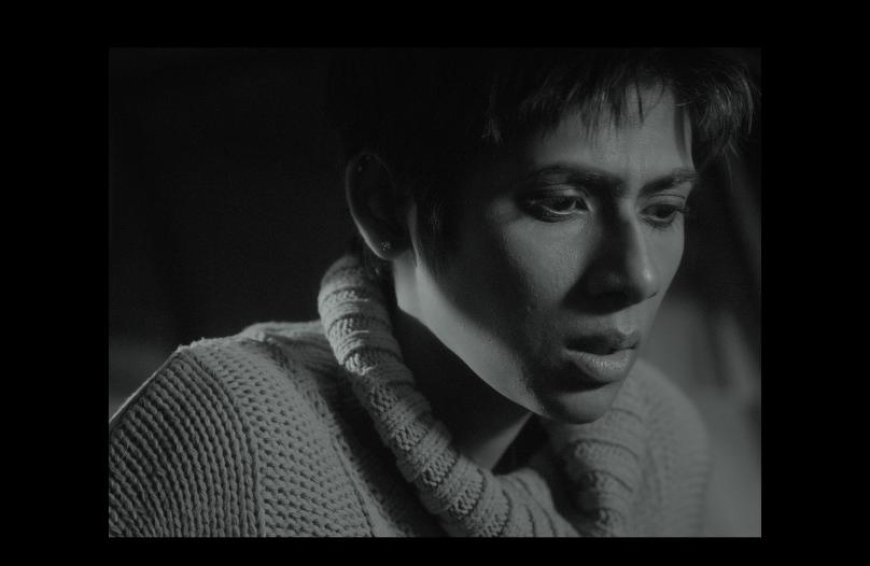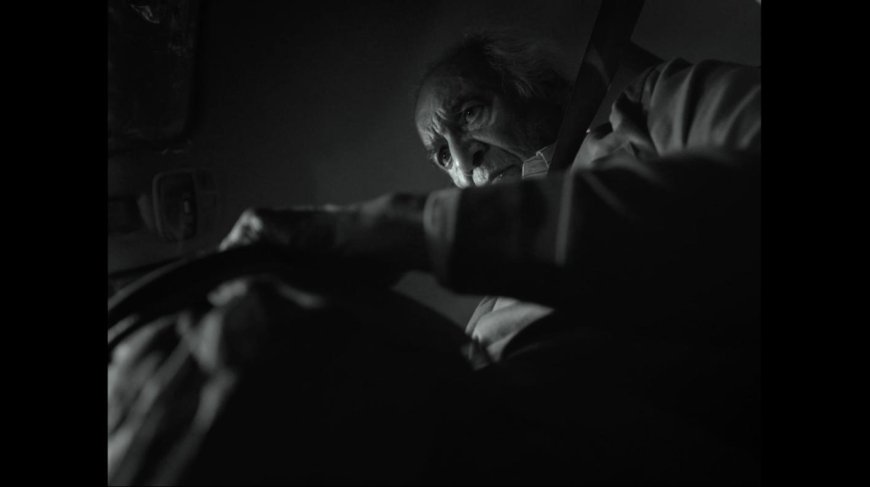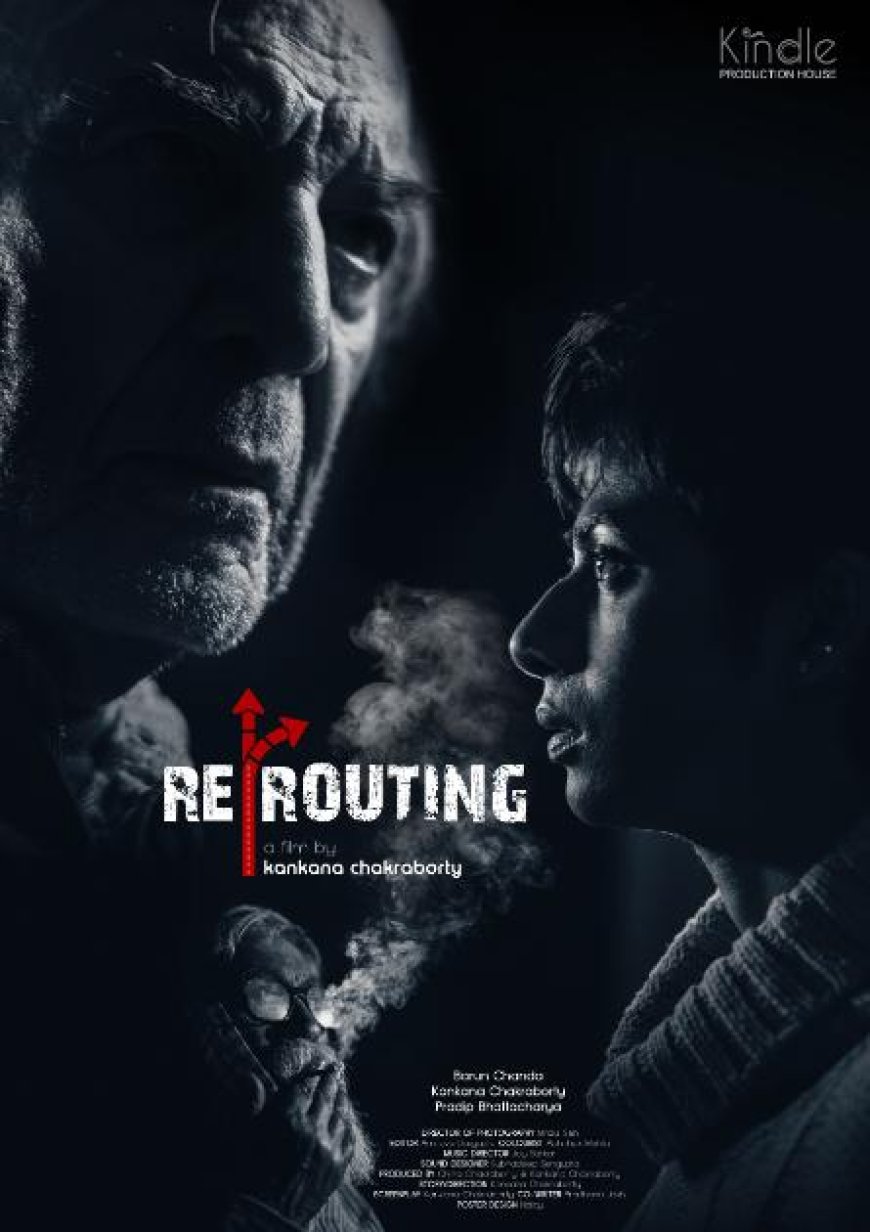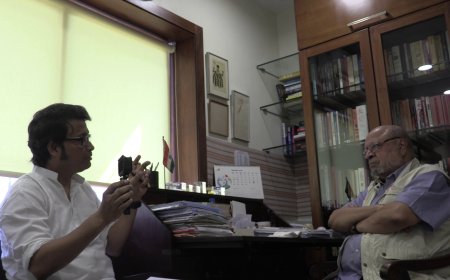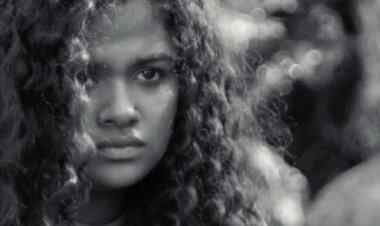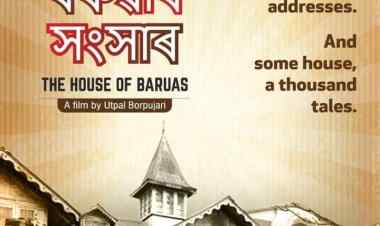Kankana Chakrabarty – A Gutsy Filmmaker’s Vision in Re-Routing
Dr. Shoma A. Chatterji provides an interview-based critique of a short film called RE-ROUTING by young filmmaker-actor Kankana Chakrabarty.
Kankana Chakrabarty is a young actress-cum-filmmaker who has recently settled in Kolkata. She came from the US after her Masters in Film Acting from the New York Film Academy after her graduation in Kolkata. She is very talented because she experiments as a filmmaker working around ideas that fascinate her. Besides, she does everything alone which includes organizing press releases, marketing her film, working on the screening of her films as being short films, they do not have theatrical releases. Over her years in making films, she has gathered around her a talented and dedicated technical crew though some departments she tries to manage herself.
This writer has been following her work since her first film, a documentary titled Women Prayed and Preyed Upon (2012) an interview-based project on the status of women in India. The film mainly questions “the irony of men who pray to Goddesses in India also prey upon women,” according to Kankana. The film was awarded approximately at four international film festivals. Her latest film Re-Routing, has drawn rave reviews across Mumbai and Kolkata at invited screenings.
The film has a running time of less than 20 minutes, shot entirely in Black-and-White, featuring just two characters. One of them is a young girl, the ‘driver’ (Kankana) who is taking on passengers on a friend’s car for some quick money late into the night. The other is an elderly passenger (Barun Chanda) who turns out to be a mercenary killer targeting a man who lives in her neighbourhood. Is he a product of her fertile imagination? Or, is he for real? The fare he leaves behind in the car tells her that he was for real. She tries to turn back the clock and the film begins to rewind to where it began.
“Re-routing is a term often used when someone takes a wrong turn. It's a GPS's way of alerting you that you are on the wrong route and need to make adjustments to get back on track. In this story, the characters believe they are on the right and only route. However, as their lives intersect, they realize they are actually on the wrong path and need to reroute. The characters act as each other’s GPS, guiding one another toward the right direction,” elaborates the talented filmmaker.
Asked what the trigger for this strange story was that plays around with time, with the metamorphosis in the characters, she explains, “When I was in Los Angeles, I used to take too many late-night Uber rides. Once in the car, the first question would often be, "How was your day?" I would catch glimpses of the driver, and he or she would get a glimpse of me, but we could never know if those glimpses represented our true selves. I often wondered, if the ride continued beyond the destination, would we see a different side of each other? This idea became the seed for my story. I wanted to create two polar opposite characters and a silent observer—a figure who may be invisible to society yet perceives every individual as a character in a world full of stories. He is the story collector.”
Talking about the flexible role Time plays in the film, Kankana explains, “Time serves as a metaphorical element in this story. In life, when we realize we are on the wrong path and have ignored the constant nudges—like a voice saying "re-routing"—we often wish we could retrace our steps. We long to control time or go back and choose the right route. However, none of this is physically possible. Instead, we replay the scenarios in our psychological state over and over again.”
Re-Routing raises more questions than it throws up answers. Says Kankana, “When I watch a film, I prefer to either match the pace of the protagonist or stay just a step behind them. Once I feel ahead of the story, I lose my attention. In life, we often encounter questions that seem to have no answers, leaving us to figure things out on our own. This can be frustrating. However, when we take the time to acknowledge and process our experiences, we often realize that the clues were there all along.”
She adds that she wanted to provide audiences with the opportunity to explore their own interpretations. As writer and director, she had planted subtle clues throughout to guide them on this journey. The interpretations received so far have been phenomenal, ranging from individuals who are 13 years old to those who are 70. Each viewer approaches the project with a clean slate, and using the colors and reference pictures provided, “they create their own unique version. As a filmmaker, this experience is incredibly satisfying and rewarding,” she adds.
There is a third character in the film who sits on a raised pavement on the main street and observes cars and crowds and two-wheelers pass by. He is a constant presence in the film who does not speak at all, is old, bedraggled, bearded with a beggar-like presence. What made Kankana introduce the character portrayed expressively by Pradip Bhattacharya?
Kankana’s response is, “the character serves as an ode to the homeless, who often go unnoticed by society. However, they play a vital role in our existence; they observe everything and collect stories. My film opens with him, acting as a bridge between reality and illusion. Throughout the film, the audience finds themselves either on the same level as "The Girl" or just a step behind her. When morning arrives, it becomes clear that the one character who truly understands what transpired in the quiet of the night and is ahead of our protagonist is Pradip sir's character, "The Old Man."
When asked what ‘message’ was she trying to put out through this film, she says, “The film does not convey a single message; instead, it presents multiple layers and various pivotal moments. Every scene has a new message and a twist. While it is primarily a psychological thriller, its core revolves around the relationship between two generations. If I were to summarize the overarching theme, it would be the idea that the younger generation should take time to pause, reflect, and re-evaluate their paths. Simultaneously, the older generation should begin to recognize and embrace the concept of guidance systems, like GPS (here used metaphorically). Additionally, the film emphasizes that empathy and redemption are achievable even in the most challenging situations.”
“We had numerous reading sessions to ensure that the film's pace remained engaging throughout In directing, I aimed to maintain the idea of claustrophobia; that’s why my editor suggested using a 4:3 aspect ratio. We chose black and white as the color palette, which helped the audience concentrate on the characters without distractions and allowed us to play with the gray scales of the characters. Additionally, using a zoom lens allowed us to shift seamlessly between wide shots and extreme close-ups in one continuous take, creating the sense of slowly penetrating the characters' souls. Initially, we wanted to keep the characters in separate worlds, framing them within corner grids. As the dynamics shifted and their power changed, they gradually took ownership of the entire screen space. These are some of the critical aspects I had to consider as the writer and director of this film.”
Summing up, Kankana says, “This is my first psychological thriller as both writer and director, and it was a daunting experience. I was determined not to fall into the trap of being preachy or into spoon-feeding my audience. One recurring element in my writing is that interpersonal relationships are always strong and deeply rooted in my stories. Therefore, I had to set aside the notion that it was a psychological thriller genre. Instead, I focused on the world the characters inhabit, and once I did that, the story found its natural pacing.”
Kankana’s first work of fiction was a short film called Written By was screened to invited audiences in 1919 in Kolkata. The film, shot in Black-and-White, two characters portrayed by the director herself who plays an intern with a once-famous screenplay writer and director performed by Sabyasachi Chakraborty narrates the challenging story of the way borrowing and stealing of other people’s stories, plots, narratives, films and even characters and dialogue are rampant in every creative field of life. Written By bagged the Best Director Award for Kankana Chakrabarty at the 6th Siliguri International Documentary and Short Film Festival. The film bagged around nine awards in India and abroad, bestowing Kankana with the Best Director and the Best Actor Award. It is a very well-crafted film on plagiarism.
Her next film, done in colour, was Anurup in Bengali, meaning “Mirror Image” revealed, layer by layer, her slow and steady command over the different aspects of filmmaking. But with 50 minutes of running time, it was ruled out for theatrical exhibition.
It was an exploration of a father-daughter equation fraught with the debris of a relationship that went awry six years back. It looks at the relationship from the emotional perspective of the father and the daughter and also offers a third person view from a middle-aged lady who cares for the family and wants them to come together again. Sabyasachi Chakraborty plays the alcoholic, lonely, forever angry, self-destructive father and Kankana plays the daughter, equally self-destructive with her life in a shambles. The backdrop is a dilapidated theatre in Siliguri, which actually exists and the focus too, is theatre.
Says the young director about the film, “Anurup/ Mirror Image is not just a story about a father-daughter relationship; it is a universal story of any relationship that lacks the vocabulary to communicate. We often feel and expect that the other person (especially our loved ones), should know exactly how we are feeling.”
Wait for the many accolades to come, Kankana. You are a gifted filmmaker.
*****
What's Your Reaction?







